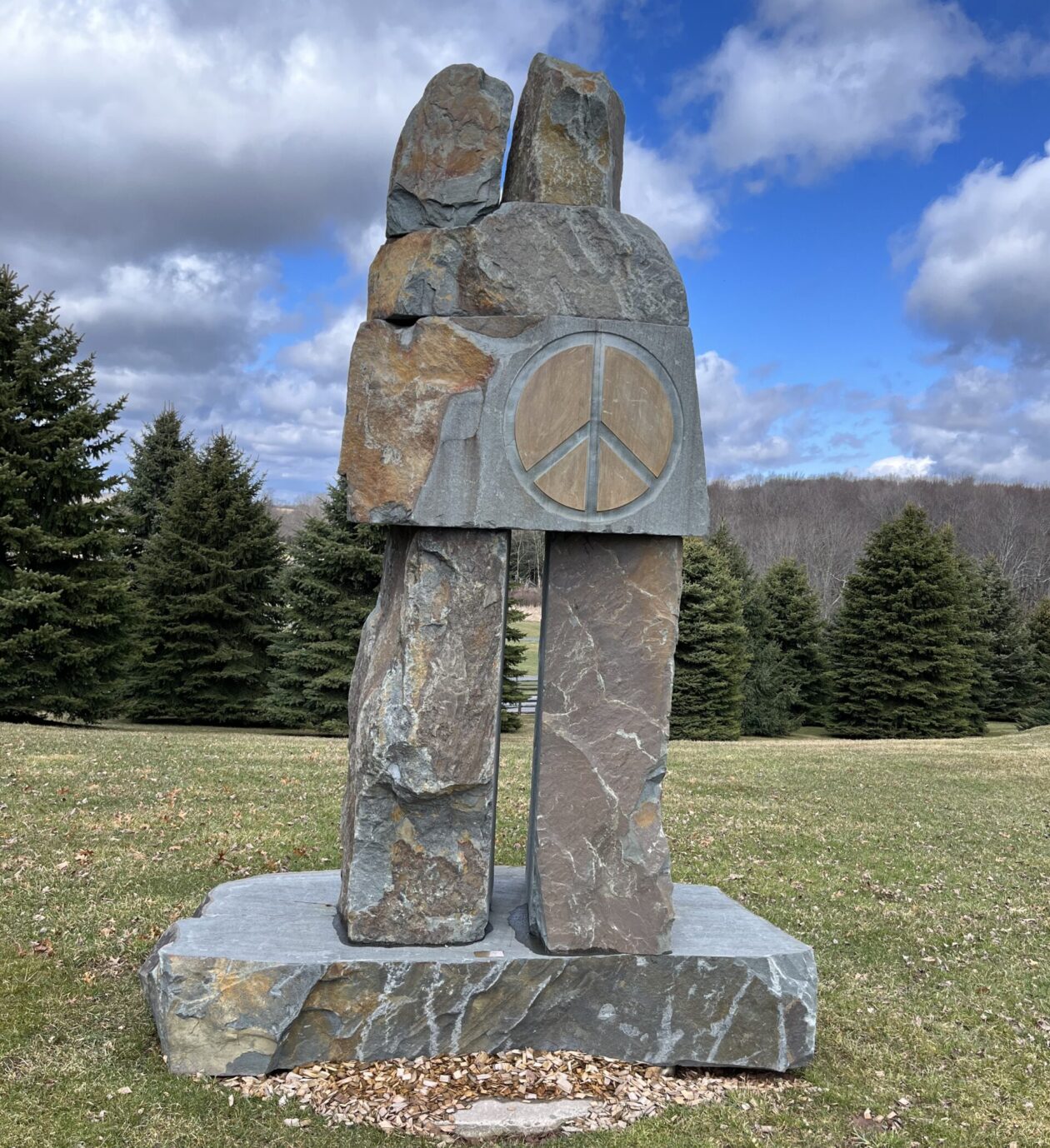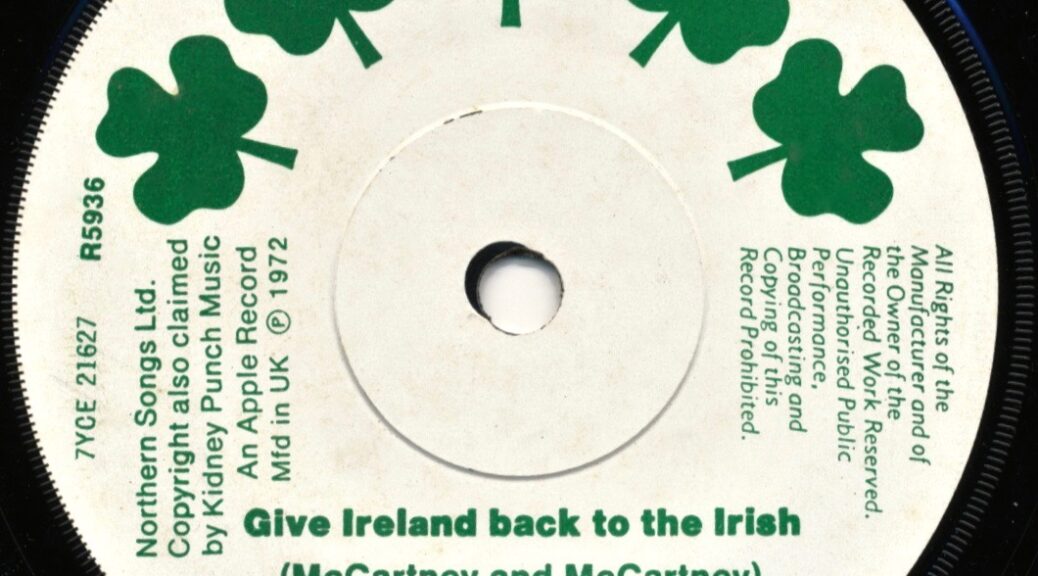Brothers Lift Every Voice
 As an American Boomer growing up during the mid-20th century, I learned many patriotic songs. The National Anthem. God Bless America. America the Beautiful.
As an American Boomer growing up during the mid-20th century, I learned many patriotic songs. The National Anthem. God Bless America. America the Beautiful.
The songs praised American goodness and godliness. Boomers were proud of their country, but like any country’s story, books often minimized or simply left out the discomforting pieces.
Text books certainly included slavery and that Lincoln ended it, but often, that was that. Curricula rarely mentioned the continued vicious mistreatment and terrorism that followed emancipation at the end of the Civil War.
In 1900, James Weldon Johnson, born in the 19th century, wrote a poem. Here is some of its history that I didn’t learn until the 21st century.

“Lift Every Voice and Sing” poem
February 12, 1900: as part of a celebration of Abraham Lincoln’s birthday, 500 school children at the segregated Stanton School in Jacksonville, Florida recited “Lift Every Voice and Sing” written by their school principal, James Weldon Johnson. He wrote the words as an introduction to that day’s honored guest: Booker T. Washington.
Lift ev’ry voice and sing,
‘Til earth and heaven ring,
Ring with the harmonies of Liberty;
Let our rejoicing rise
High as the list’ning skies,
Let it resound loud as the rolling sea.
Sing a song full of the faith that the dark past has taught us,
Sing a song full of the hope that the present has brought us;
Facing the rising sun of our new day begun,
Let us march on ’til victory is won.
Stony the road we trod,
Bitter the chastening rod,
Felt in the days when hope unborn had died;
Yet with a steady beat,
Have not our weary feet
Come to the place for which our fathers sighed?
We have come over a way that with tears has been watered,
We have come, treading our path through the blood of the slaughtered,
Out from the gloomy past,
‘Til now we stand at last
Where the white gleam of our bright star is cast.
God of our weary years,
God of our silent tears,
Thou who has brought us thus far on the way;
Thou who has by Thy might
Led us into the light,
Keep us forever in the path, we pray.
Lest our feet stray from the places, our God, where we met Thee,
Lest, our hearts drunk with the wine of the world, we forget Thee;
Shadowed beneath Thy hand,
May we forever stand,
True to our God,
True to our native land.
Brothers Lift Every Voice
“Lift Every Voice and Sing“
In 1905, James’s brother John Rosamond put music to the poem.
In 1919, the National Association for the Advancement of Colored People (NAACP) dubbed it “The Negro National Anthem” for its power in voicing the cry for liberation and affirmation for African-American people.
Brothers Lift Every Voice
James W Johnson dies
 June 26, 1938: James Weldon Johnson died while vacationing in Wiscasset, Maine. The car his wife, Grace, was driving was hit by a train. She survived.
June 26, 1938: James Weldon Johnson died while vacationing in Wiscasset, Maine. The car his wife, Grace, was driving was hit by a train. She survived.
Johnson’s funeral in Harlem was attended by more than 2000 people. His ashes are interred at Green-Wood Cemetery in Brooklyn, New York.
Brothers Lift Every Voice
“Lift Every Voice and Sing” sculpture
 In 1939 the New York World’s Fair commissioned Augusta Savage to create a sculpture. She made a 16-foot plaster sculpture called Lift Every Voice and Sing. The piece was was destroyed at the close of the Fair. (see Savage for her expanded story about her)
In 1939 the New York World’s Fair commissioned Augusta Savage to create a sculpture. She made a 16-foot plaster sculpture called Lift Every Voice and Sing. The piece was was destroyed at the close of the Fair. (see Savage for her expanded story about her)
Brothers Lift Every Voice
John Rosamond Johnson dies

November 11, 1954: John Rosamond Johnson died. A Black Past article stated that, “He was a renowned performer and made his acting debut in the first African American show on Broadway, John W. Isham’s Oriental America (1897). He eventually secured leading roles in Porgy and Bess (1935), Mamba’s Daughters (1939), and Cabin in the Sky (1940).
“One of Johnson’s major accomplishments was the 1918 founding of his school in Harlem called the New York Music School Settlement for Colored People. Atlanta University awarded him an honorary master’s degree in 1917 and he was made a subchief of the Iroquois in honor of his stage musical Red Moon (1908) and its respectful portrayal of Native Americans. He was a member of the American Society of Composers, Authors, and Publishers for most of his career.“
Brothers Lift Every Voice
I Know Why the Caged Bird Sings
 In 1969: Maya Angelou‘s published her autobiography, I Know Why the Caged Bird Sings. In it, she relates the story of her 8th grade graduation when class and audience sang the “Lift Every Voice and Sing” anthem after a white school official spoke in a derogatory manner about the educational aspirations of her class.
In 1969: Maya Angelou‘s published her autobiography, I Know Why the Caged Bird Sings. In it, she relates the story of her 8th grade graduation when class and audience sang the “Lift Every Voice and Sing” anthem after a white school official spoke in a derogatory manner about the educational aspirations of her class.
Brothers Lift Every Voice
Star Spangled Banner/Lift Every Voice
In 2008, Rene Marie performed the national anthem at a civic event in Denver, Colorado, where she caused a controversy by substituting the words of “Lift Every Voice and Sing” into the melody.
Brothers Lift Every Voice
Barak Obama’s inauguration
January 20, 2009, the Rev. Joseph Lowery, who was formerly president of the Southern Christian Leadership Conference, used a near-verbatim recitation of the song’s third stanza to begin his benediction at the inauguration ceremony for President Barack Obama.
Brothers Lift Every Voice
National Museum of African American History and Culture
September 24, 2016, this song was sung by mezzo-soprano Denyce Graves and chorus at the conclusion of the opening ceremonies of the National Museum of African American History and Culture, at which Obama delivered the keynote address.
Brothers Lift Every Voice
White nationalist Richard Spencer
October 19, 2017, when white nationalist leader Richard Spencer spoke at the University of Florida, the university’s carillon played “Lift Every Voice and Sing” to convey a message of unity.
Brothers Lift Every Voice
And the song has become part of each Super Bowl. Click through to Ledisi’sperformance at the 2025 Super Bowl. Ironically, it was the same year that the NFL removed “End Racism” from the Super Bowl’s end zones.









